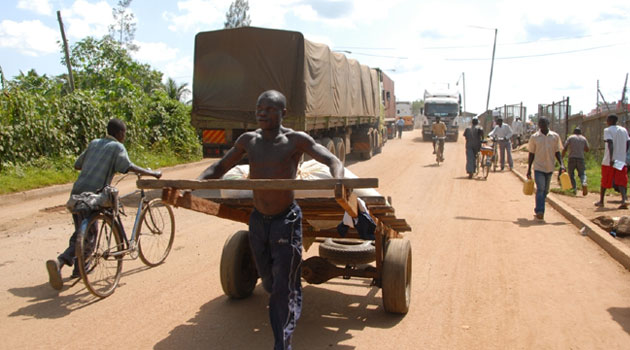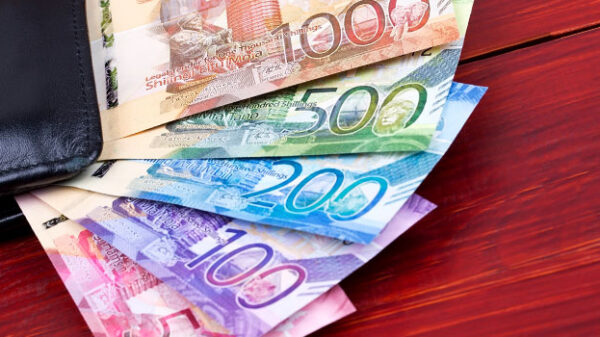NEW DELHI, May 1 – India\’s economy, buffeted by the global meltdown, could start recovering by mid-year amid signs of revival in business confidence, manufacturing and credit growth, economists forecast.
The upbeat outlook, boosted by expectations of a healthy harvest fuelling consumer spending, has driven India\’s benchmark Sensex share index to a six-month high as fund managers switch their country ratings to "overweight" from "underweight."
The "domestically driven Indian economy will begin to recover palpably from mid-year onwards," Rajeev Malik, economist at Australia\’s Macquarie Securities, said.
Indices measuring early changes in economic activity and business confidence and forecasts published by global financial houses in recent days suggest that India\’s economy is set to turn the corner.
However, the potential emergence of a politically unstable ruling coalition after general elections end on May 13 could disrupt the scenario, analysts warn.
Nevertheless, Swiss bank UBS said its "base case scenario" was for the Indian economy and corporate earnings "to bottom out by the second half of 2009/10 and for full recovery in 2010/11."
There\’s a "strong likelihood of an upturn in industrial activity by June," UBS economist Philip Wyatt said.
Britain\’s Barclays Capital has gone so far as to bullishly declare "the slump in activity in emerging Asia is over" — driven by India and China.
"Domestic leading indicators such as business sentiment are showing signs of stabilisation and the next few months of data are likely to see an upturn in most (Asian) countries," it said.
India\’s central bank estimates the economy grew by 6.5 to 6.7 percent in the fiscal year to March 2009, after expanding nine percent the previous year, and sees slower growth of 5.7 percent this year due to weak global demand.
While analysts also expect India\’s growth to decline this year, they see the start of a turnaround in 2009 — helped by higher consumer and corporate borrowing as the effects of rapid interest rate cuts kick in.
The bank\’s leading repo rate, at which it lends to commercial banks, is now at a record low of 4.75 percent from a peak of 9.0 percent last year.
"The double-cylinder fiscal and monetary response has been aggressive and is already paying dividends," Macquarie\’s Malik said. "The broader setting is evolving nicely to position the economy for a better second half."
Accompanying the rate cuts, the government has unveiled three stimulus schemes involving tax and duty cuts, infrastructure spending and other steps.
Sectors such as steel, automobiles and cement are already showing new strength, economists say.
India is one of the few countries where steel consumption is expected to rise this year, according to the World Steel Association.
The Society of Indian Automobile Manufacturers has forecast a three to five percent rise in passenger vehicle sales, up from 1.3 percent last year, thanks to demand in smaller cities and towns.
Sales of trucks and buses, seen as a key gauge of economic well-being, are expected to climb by seven to 10 percent after sliding by 26 percent last year.
India also added a record 15.6 million cellular users in March as more rural consumers snapped up mobile phones.
The nation\’s mobile phone market has boomed thanks to the world\’s lowest call rates of two cents a minute, driven by fierce competition among operators.
In the past year, the number of cellular phones in India has jumped by 58 percent with growth especially strong in rural areas as mobile firms aggressively roll out networks, sharing costs of infrastructure to reach far-flung areas quickly and inexpensively.
Consumption in rural India — home to more than 70 percent of the 1.1 billion population — has helped the economy weather the global slowdown, spurred by spending on job creation, roads, irrigation and other infrastructure projects.
But the "revival is more driven by local consumers" while export-related industries must wait for recovery in the United States and other developed markets, said Hari Bhartia, vice-president of the Confederation of Indian Industry.


































